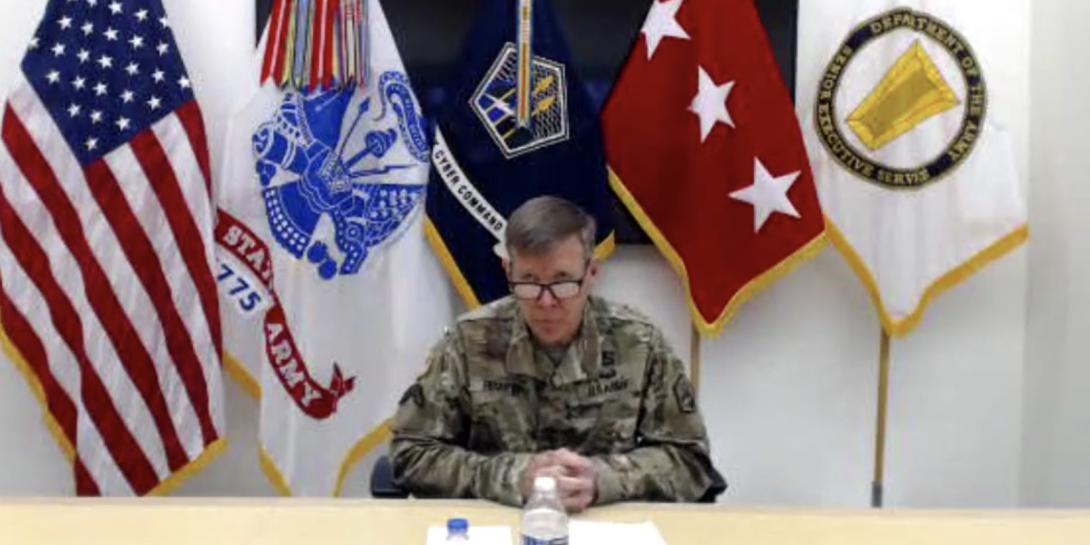People Power Army Cyber
The U.S. Army is girding for battle in cyberspace by assembling a skilled force that it hopes will make the difference in the event of a conflict, its cyber commander stated. This force aims to be the decisive factor in any conflict in that domain.
The Army cyber workforce was the focus of the opening session for episode three of the TechNet Augusta Virtual Solutions Series, being held May 18-19. Delivering the opening keynote was Lt. Gen. Stephen G. Fogarty, USA, commander, U.S. Army Cyber Command, who wasted no words in describing the importance of the human factor in cyber operations.
The most important element of a cyber weapon system is the people that power it.—Lt. Gen. Stephen G. Fogarty, USA, commander, @ARCYBER #AFCEATechNet
— Bob Ackerman (@rkackerman) May 18, 2021
“The most important element of a cyber weapon system is the people that power it,” he declared.
He admitted significant challenges in the Army’s efforts to “attract, develop and retain” the best cyber workforce possible. This workforce is a combination of signal, intelligence, cyber, fire support and information operations specialists along with their subdisciplines. These include data scientists, software developers—“they build our ammunition,” he allowed—and network operators.
“If you’re an Army or joint commander that we’re responsible for supporting, you’re getting the 'A' team,” the general declared. “We bring recruits into the cyber branch every year—the top tier of young men and women that America can produce. They come from the finest universities with skills that not all branches of the Army actually enjoy.” He continued that 35 percent of the enlisted force enters the cyber branch with a bachelor's degree, which gives the command greater flexibility as it builds the force.
If you’re an Army or joint commander we’re responsible for supporting, you’re getting the “A” team.—Lt. Gen. Stephen G. Fogarty, USA, commander, @ARCYBER #AFCEATechNet
— Bob Ackerman (@rkackerman) May 18, 2021
And being able to operate rapidly is an important characteristic for these cyber warriors. “That’s really an important part of the requirement for us—operate at mission-relevant speed,” he said. “They have to be at the top of their game.”
The majority of the force is operating or defending the network, Gen. Fogarty pointed out. Members of the cyber force must be highly technical, but they must turn those capabilities into operational outcomes. This is especially vital given commanders’ needs and the evolution of the threat.
“You’re going to have to be agile, because the target changes rapidly,” he stated. “Either adversaries are improving their defenses, or adversaries are testing our defenses. Our force has to be resilient. The stakes could not be higher.”
You’re going to have to be agile, because the target changes rapidly. Either adversaries are improving their defenses, or adversaries are testing our defenses.—Lt. Gen. Stephen G. Fogarty, USA, commander, @ARCYBER #AFCEATechNet
— Bob Ackerman (@rkackerman) May 18, 2021
With the growing threat, the key to success is the rapid and continuous integration of all domains of warfare, he stated, citing cyber and space as the two newest entries.
“We can’t concede even an inch of this domain,” the general declared, adding that this is a joint effort. “You’re in competition or conflict every single day.”
Electronic warfare and information operations have equal or even more important roles in these operations, he added. “We have to be competing and contesting both in red space and in gray space. You can’t be hunkered down in blue space hoping defense in depth can keep an arrow from slipping through.”





Comments